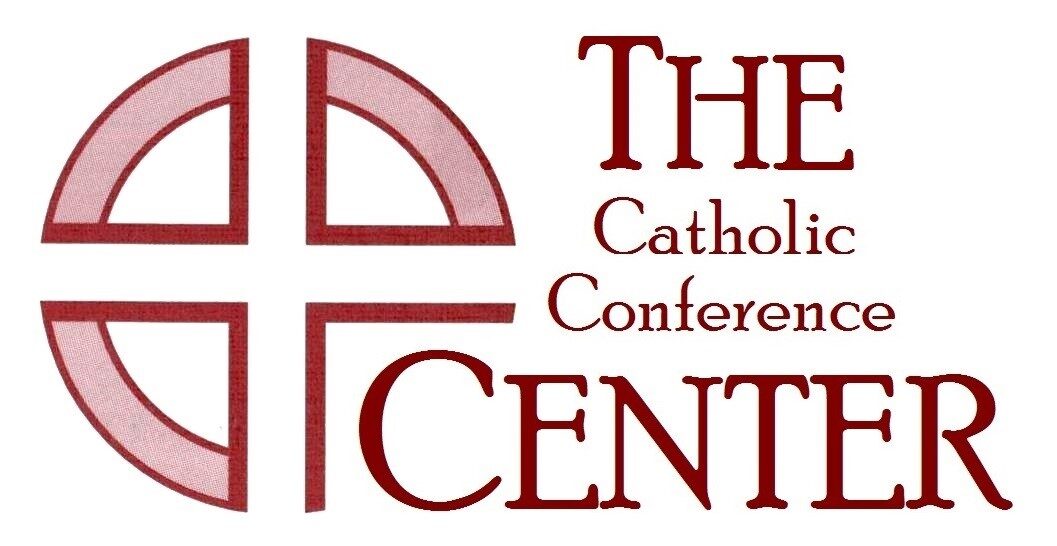
Last weekend I made a little getaway to Folly Beach, SC. I stayed in a beach house with a beautiful courtyard surrounded by a six-foot-high wall. A vine called Creeping Fig covered the wall. I was initially mesmerized by the vine-covered walls. It felt like The Secret Garden written by Frances Hodgson Burnett. Only after some time did I notice the peace sign made from the bark of local palmettos concealed by some of the vines.
Not being one to pass on a metaphor, I realized that the sign of true peace is sometimes found beneath the creeping vines and not in the vines themselves. Similarly, feelings of peace are not always reliable guides to true peace.
Saint Ignatius wrote the Rules for the Discernment of Spirits. In the First Rule, he writes that the enemy commonly uses false peace, or ‘apparent pleasures’, to make us grow in our vices and sins. In other words, the enemy directs our eyes to the creeping vines, the busy-ness and bad habits that seem to take over our lives. The Good Spirit “uses the opposite method, pricking and biting consciences through reason.” “Pricking and biting” doesn’t sound like the pathway to peace, but sometimes that is what I need.
For example, I’ll wake up some mornings disquieted and restless. There is something not right in the world around me. Through prayer, I realize the Good Spirit is trying to prod me into action. I need to deal with those creeping vines to discover the underlying peace.
To make discernment even more challenging, the Second Rule says the reverse. The Good Spirit gives peace, which Ignatius describes as “consolations, inspirations, and quiet easing” so that one may continue doing well. The enemy conversely “disquiets with false reasons”.
Is the feeling of peace reliable in discernment? According to the First and Second Rule, the answer is both yes and no. To know for sure, one must spend some time examining the vines.
May the peace of God, which surpasses all understanding, guard your hearts and minds in Christ Jesus. (Phil 4:7)
